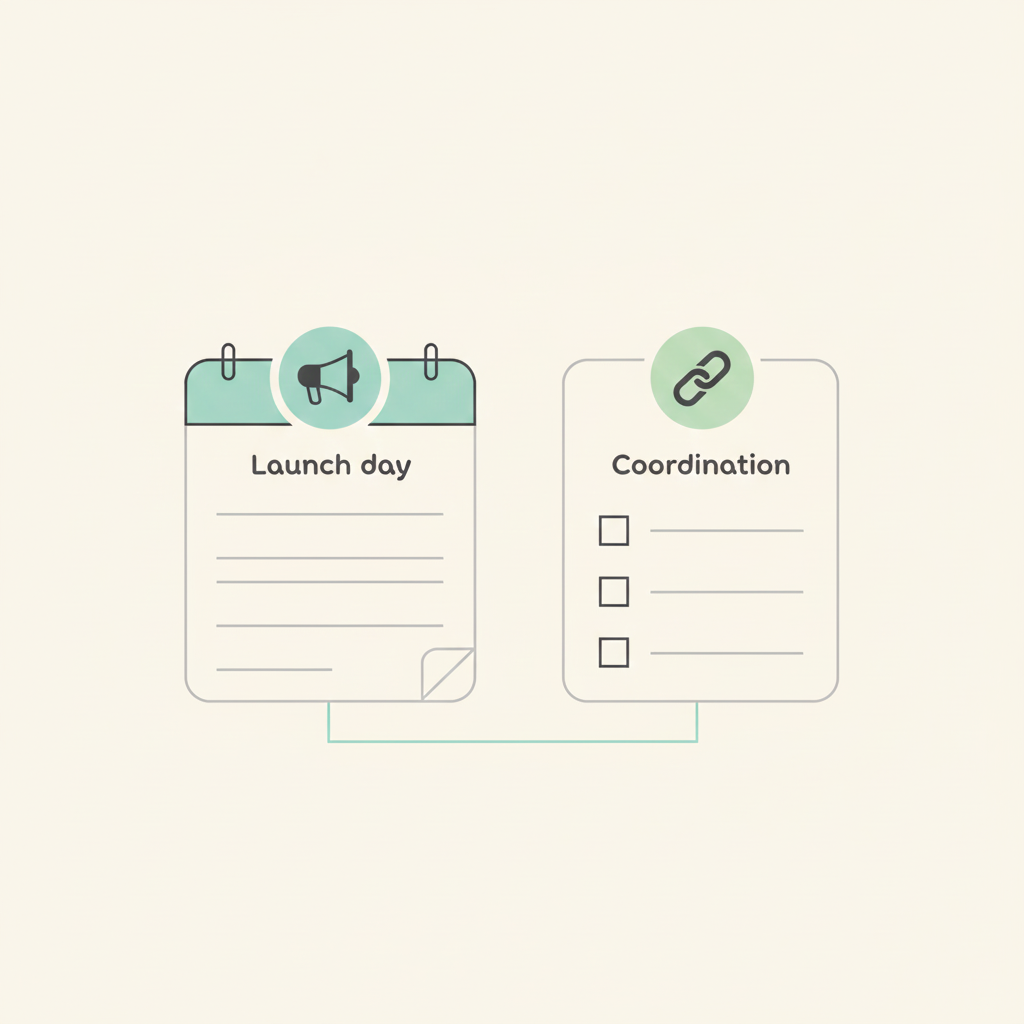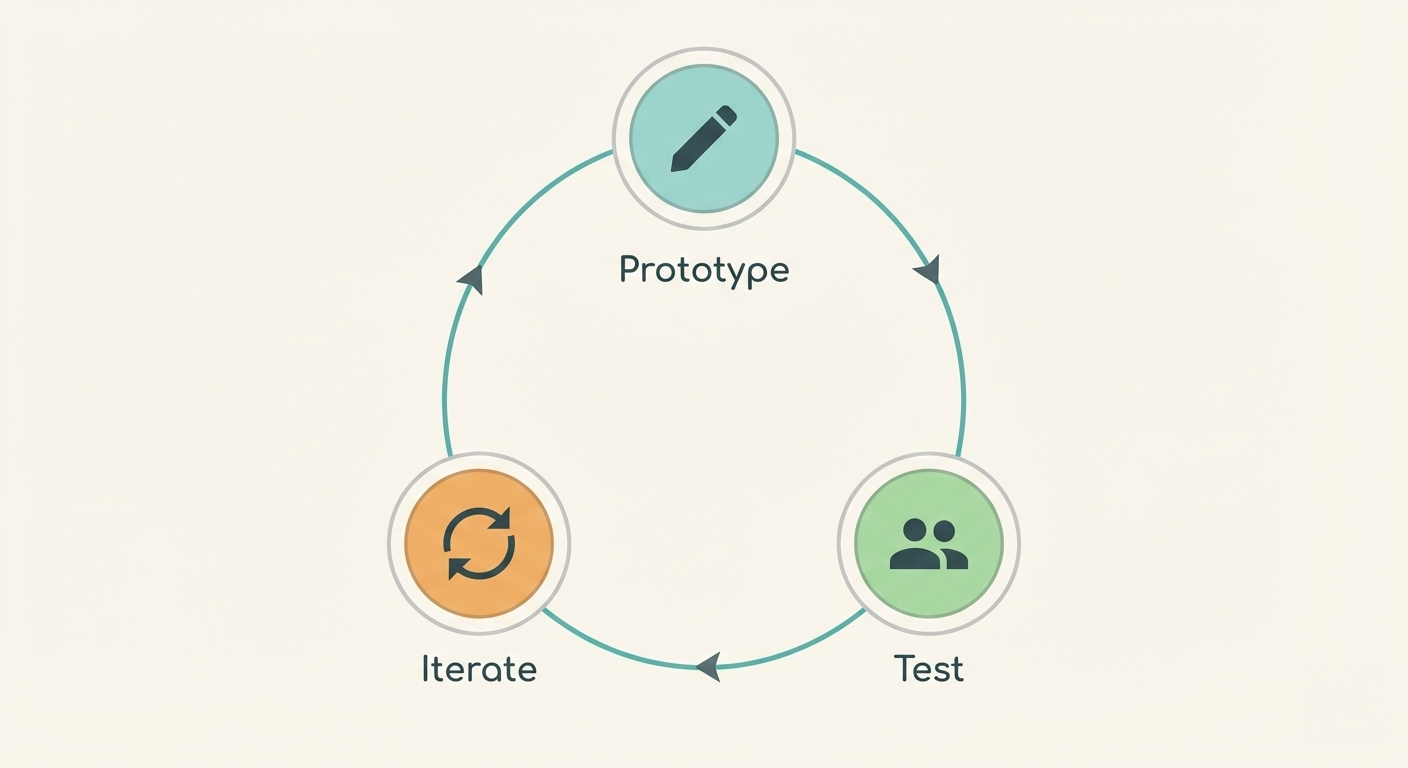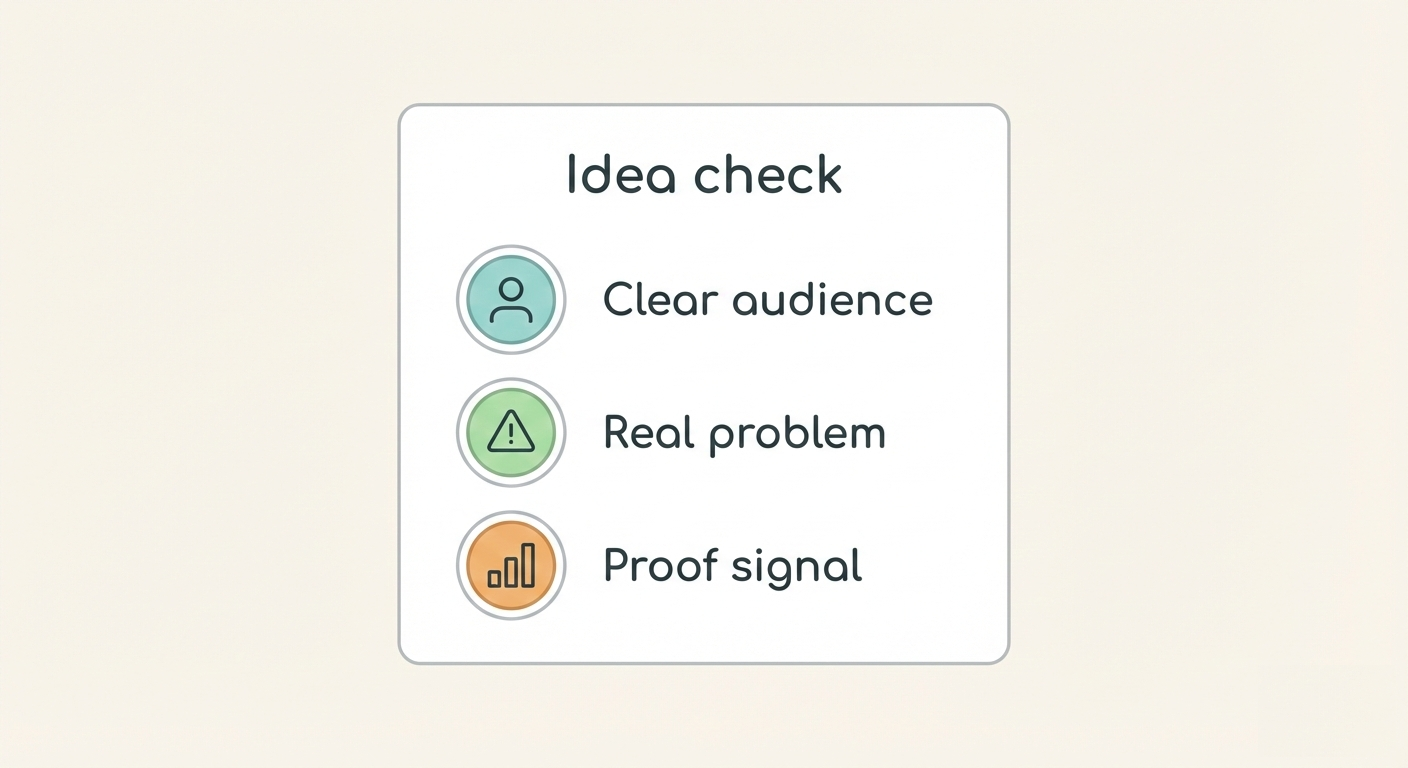How to manage time using the Pomodoro Technique
Would you ever think of managing your working hours by 16 tomatoes a day? The Pomodoro Technique may be a good fit if you:
- Frequently get distracted from work by other tasks
- Try to fit too many tasks into each day
- Regularly need to complete tasks with uncertain time commitments
- Often work past when you're optimally productive

This task management tool is easy to implement and has been used across different industries for decades. In this guide, you'll learn more about what the Pomodoro Technique is, how to use it in project management, and some popular alternatives to consider too.
What is the Pomodoro Technique?
The Pomodoro Technique is a popular method for managing time when finishing tasks. You complete sessions of focused work (pomodoros) with planned breaks in between. Focused work sessions typically last for 25 minutes, and the breaks in between are usually five minutes long.
Francesco Cirillo, a university student, was feeling overwhelmed and struggling to complete his assignments. One day, in the late 1980s, he decided to commit to just ten minutes of focused study time. He developed the Pomodoro Technique from there and named it after the tomato-shaped kitchen timer he used ("pomodoro" translates to tomato in Italian).
By breaking bigger tasks into smaller ones, completing them becomes less intimidating. The Pomodoro Technique also invites periods of uninterrupted focus and flow, followed by the breaks you need to relax your mind and make sure you keep putting out quality work.
Although Cirillo now offers complete Pomodoro time management courses, this tool is also wonderfully simple. Here are the six main steps of the Pomodoro Technique:

1. Identify a task
Pick a task you need to complete from your scheduled pomodoro tasks. You'll find the Pomodoro Technique far easier if you've planned out the tasks you need to do before you sit down to work (you'll learn more about this later).
2. Set a timer
Set the pomodoro timer — usually for 25 minutes. Cirillo recommends using a kitchen timer, allowing you to avoid digital distractions. The physical act of winding the timer starts a work session, its ticking reminds your brain of the task at hand, and you recognise the ringing as signalling a break. However, you can use a stopwatch or Pomodoro app instead if you wish.
3. Work on a task
Once the timer is set, focus and work on your chosen task until the 25 minutes has passed. Avoid distractions as much as possible and wait until the timer rings before attending to any other tasks or messages. If you finish a task before the alarm sounds, use the rest of the time to go over what you just learned, complete a similar task, review upcoming tasks, or read up on a related topic.
4. Take a break
Once the timer goes off, take a break from working — usually five or ten minutes. As you've completed one pomodoro, you can also choose to quickly record what you've accomplished in that time.
5. Repeat the process
Repeat the process of working and taking a break three more times. You could be working on the same task or switch to something new, depending on how you've planned your day. In the event of an unavoidable interruption, take your break early and start the pomodoro again afterward. Track these disruptions so you can reflect later on how to steer clear of them next time. Once you've completed four pomodoros, go to step 6.
6. Take a longer break
You've now been working for a couple of hours and completed a "pomodoro set" (four pomodoros), so take a longer break to rest and restore. This typically lasts 20 to 30 minutes. Once this break has ended, return to step 2 (or step 1 if you're ready to start a new task).
Changing the length of your pomodoros
Sometimes you'll need a longer period of time to reach "flow state". On the other hand, if you've been putting off even starting a task, saying you'll work on it for longer than 20 minutes might feel too overwhelming.
Although the Pomodoro Technique uses 25-minute work sessions and five or ten minute breaks, this time frame may not be ideal all the time. Experiment with different lengths of pomodoros to find what works best for you.
Pomodoro alternatives
Of course, the Pomodoro Technique is not the only time management tool you can use to get work done. Two effective Pomodoro alternatives are time batching and time blocking.
Time batching
Time batching is considered a productivity hack, and its main premise is to cluster together similar activities in your day. You then block time out to try and complete each cluster all in one go. You can even time batch everyday tasks like checking emails and phoning people back. This frees you up to focus better when tackling more complex tasks.
Why group similar tasks at all? Isn't variety the spice of life? Well, your brain isn't too adept at switching back and forth between different tasks — even if it feels like you're keeping all of the balls up in the air. Multitasking can impair our speed, concentration, cognitive ability, and make us more prone to mistakes.
When you time batch, you can:
- Eliminate distractions, as you've committed to ignoring certain types of tasks for periods of time
- Free your mind up to actually complete more tasks, instead of frequently deciding what you need to work on next
- Carve out more opportunities for deep focus work
Here's a full guide on the art of time batching.
Time blocking
Time blocking is a very simple concept, yet it allows people to manage their to-do list and time much more effectively. Simply divide the time you have to complete tasks into smaller, manageable blocks. The time blocks can vary in length. If you know you focus best in the morning, maybe a two-hour time block will be successful at 9am. If a particular task is likely to take a lot of mental energy, it might be best to only work on it for 20 minutes at a time.
Add tasks or activities to each of your time blocks in a calendar or project management app, allowing contingency for a job taking longer than you think it will. Make sure you add breaks into your day as separate blocks.
When you time block, you can:
- Remove the extra task of figuring out how long your next task is going to take
- Meet deadlines by mentally preparing to complete a task by the end of your planned slot
- Manage long-term projects by assigning whole days to certain tasks
Here's a full guide on the benefits of time blocking.
How to use the Pomodoro Technique in project management
The Pomodoro Technique might sound smart, but how does it integrate into a busy project management schedule? Because planning, tracking, and recording are key to success with this tool, it often pairs very well with an existing project plan.

Plan
At the start of each day, or the end of the last, review all of your active projects and your to-do list. Note how many pomodoros each task will take. In Breeze, you can write this in the Notes section of each task. Later, you can batch quick tasks together into a single pomodoro, but first note "1/2" or something similar on the task. Tasks that will take more than 5 pomodoros should be split into smaller, more manageable tasks.
Spend 15 minutes planning out your pomodoros for the day. A simple way is to assign everything to be done with a Due Date of today, and postponing or removing the date of any other task. On a Breeze task board, you can move these tasks from "To-Do" into your "Doing" category.
If you work an eight-hour day, you technically have 16 pomodoros to assign to tasks. But it's better to build in two to four "overflow" pomodoros, in case you underestimate how long any task will take or unexpected urgent deliverables arise during the day. If you don't end up needing your overflow pomodoros, use them for lower priority tasks that never usually get looked at.
Commit
Once a pomodoro is set, it cannot be paused. Make a note of any extraneous ideas or requests that come up while you're working on the task at hand. You can quickly add these as new tasks in Breeze, giving them only a title. Later, when you've assigned time, review, prioritise, and fill your incomplete tasks with more details.
Complete and record
As you complete pomodoros you can tick them off your to-do list, giving you that coveted sense of achievement. Using a project management app like Breeze means you'll also have a digital record of your accomplishments.
Using the Pomodoro Technique in Breeze

Implementing the Pomodoro Technique for tasks already in your project management software reduces the time it'll take to plan your day. It also provides the data you need as you complete tasks.
Later, you can review what has and hasn't worked about how you're using the tool. And, as you gain practice using the Pomodoro Technique, you'll be able to accurately assess how many pomodoros each one of your regular tasks usually takes.
The result? Consistency, greater productivity, and a happier working life.
To get started with Pomodoro try out the Breeze free online Pomodoro timer.








